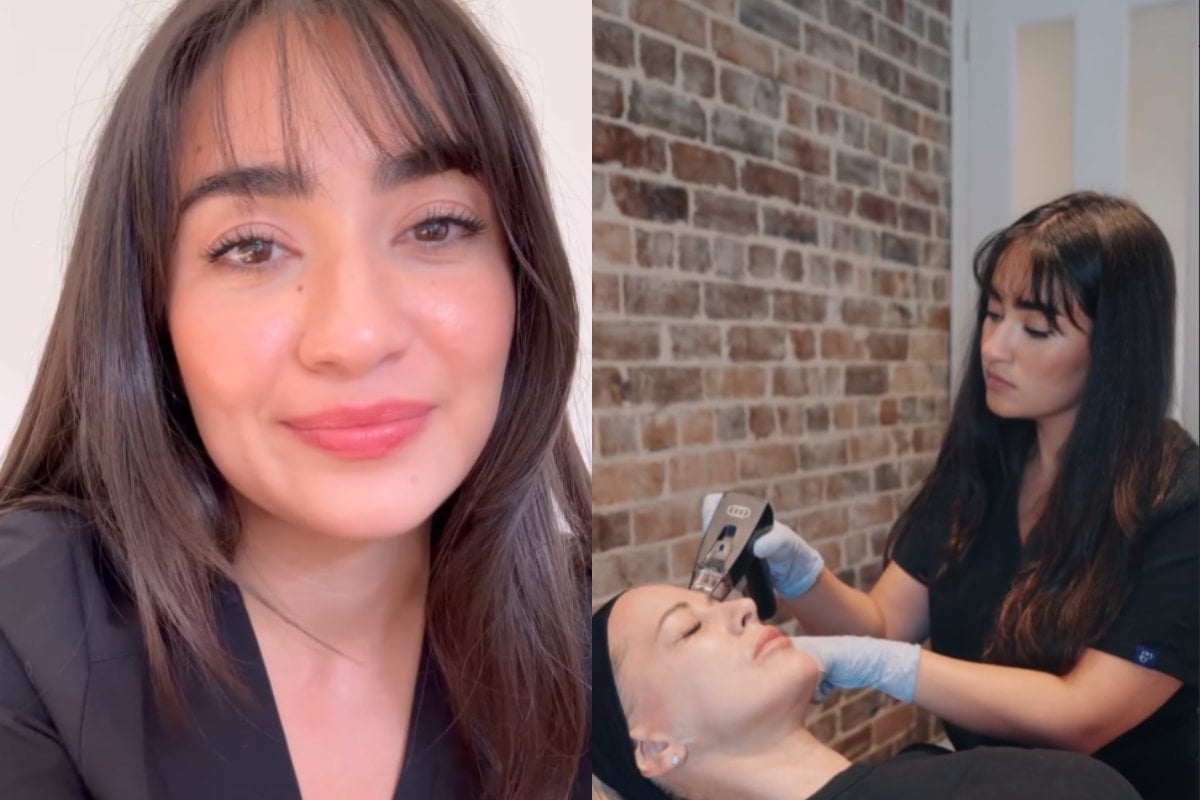
As the use of weight loss drugs like Ozempic continues to explode around the world, more and more people are now turning to cosmetic treatments with the hope of restoring lost volume and lift as a result of rapid weight loss.
Just look at the impact of 'Ozempic face' in Hollywood. You don't have to know a lot about the drug to notice the increasingly common impact of the popular weight loss injections.
Gaunt faces. Hollowed eyes. Loose skin.
Because while users of the drug (and its many variations on the market) are losing up to 20 per cent of their body weight, many are looking to restore volume and tighten the skin on their faces and bodies via both non-surgical and surgical procedures.
In Australia, the increasing popularity of the drug is having a ripple effect on cosmetic surgery trends, with experts noticing an uptick in patients requesting certain procedures after experiencing massive weight loss.
Watch: Insight are looking at people who push their bodies to the limit. This is Leah's story. Post continues below.
Mamamia spoke to cosmetic doctor Dr Yalda Jamali from Epios Cosmetic Clinic in Sydney about what she's observed in her clinic.